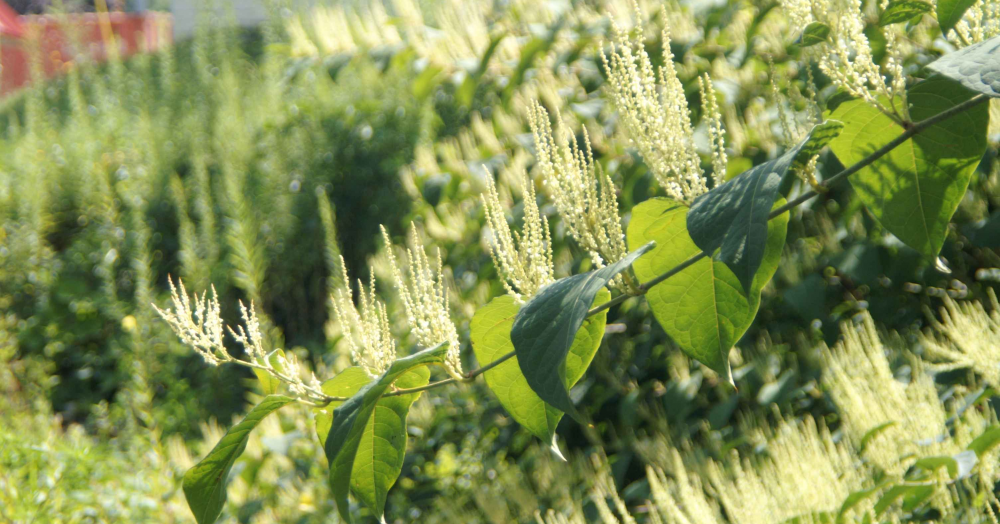For years this invasive plant has been the misery of homeowners trying to sell their property, however new guidance for property valuers should end the nightmares.
For decades, banks have refused to lend on homes where the Japanese knotweed is found within seven metres of the building, hugely affecting the ability to sell the house for its true value. The destructive weed is estimated to affect up to 1.45 million homes across Britain.
The Royal Institution of Chartered Surveyors (RICs) have published updated guidance, which comes into force in March and takes a more pragmatic approach.
The new guidance suggests that surveyors assessing property on behalf of mortgage lenders only need to flag Japanese knotweed as a risk, if it is causing visible damage to a property.
It should mean that homeowners who have been hampered previously due purely to the proximity of the plant to the property that was not causing a threat to the structure can now realise the true value of their home.
The guidance also suggests that if if knotweed is found where property is damaged, surveyors have been asked to be clear if it was the plant that caused the damage or whether it simply grew where a building was already in a poor or defective condition.
Due to previous legal claims where Japanese Knotweed from neighbouring property has physically affected the property or its value, the RICs guidance recommends surveyors flag the plant's presence if it is visible within three metres of a property's boundary.
If your property has been previously blighted by Japanese Knotweed and you would now like an up to date valuation of your property - give us a call.
01227 763888 - Canterbury
01304 611227 - Sandwich
01304 809800 - Dover


